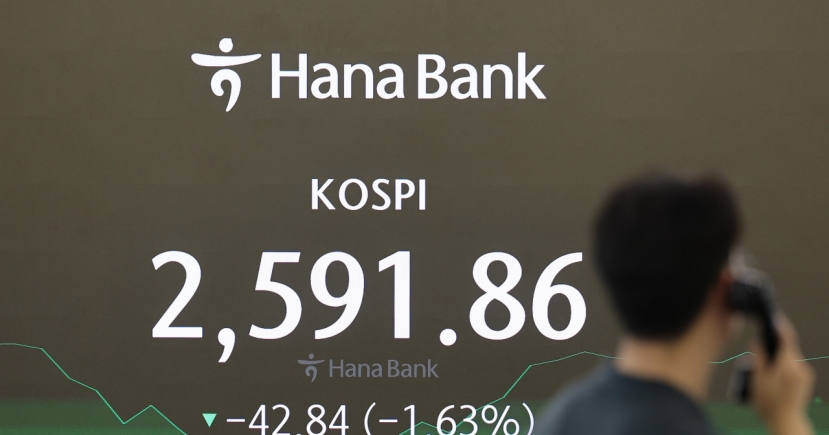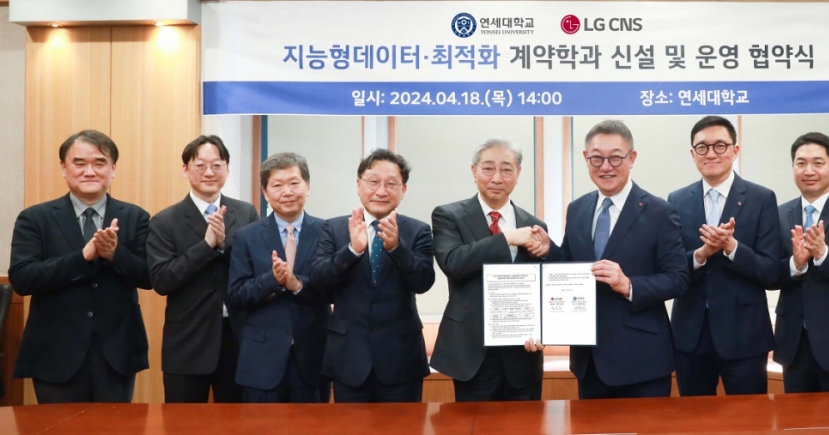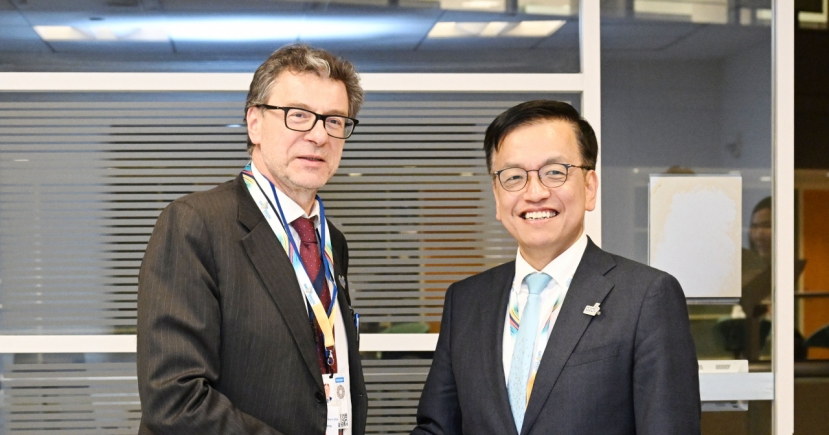Startups
[INTERVIEW] Making prototypes ‘easy as pie’
[THE INVESTOR] “To Google” has become a generic term that describes searching something on the internet.
Seoul-based startup Studio XID hopes, one day, people will say “just ProtoPie it,” when designers need to create a prototype for mobile apps or any other smart devices.
“I want ProtoPie to become a tool that all digital product designers know to use and ought to use,” Tony Kim, co-founder and CEO of Studio XID told The Investor in a recent interview in Seoul. “More important, we want designers to communicate their ideas effectively and easily, making prototyping ‘easy as pie.’”
This is what drove Kim, who formerly worked as an interaction designer at Google and Naver, established Studio XID in 2014 with ex-Samsung software engineer Scotty Kim and ex-Naver software engineer John Song. The firm’s flagship software ProtoPie allows designers to easily build sensor-aided prototypes for mobile apps without the use of coding.
 |
Studio XID CEO, co-founder Tony Kim |
Since its market debut in January 2017, there are more than 30,000 users of ProtoPie, including designers in more than 70 countries from firms like Google, Microsoft, Nintendo, Alibaba, Line, Samsung and Huawei. It also recently clinched partnership with Adobe XD, UX and UI designing software, enabling users to export designs from Adobe to ProtoPie.
Kim believes ProtoPie will play an immense role in enhancing communication between designers and developers. “Often times, many designers find it difficult to convey their ideas to the developers who have to execute it,” he said. “We want to bridge that communication gap. With ProtoPie, designers can construct complex animations and interactions to bring their imagination into life, all without the use of coding.”
The following are excerpts from the interview.
The Investor: What made you decide to start your own business?
Kim: As an interaction designer, I always pondered on how to effectively deliver my ideas to developers who have to execute the design. The communication is critical for designer’s vision to come to life, but in most cases, designers don’t have enough time and the right tools to express themselves. Especially when it comes to building highly interactive prototypes, which is required for most mobile apps. Even now, many still use drawings, written description, hand gestures and sound, or 2D screen designs to explain their idea.
I found the need there. So I left Google and enrolled in the six-month startup incubator program at FuturePlay in July 2014. After developing my idea, I founded Studio XID with my partners to bring the demo product to users.
TI: Where did you meet your other co-founders?
Kim: I knew CTO Scotty Kim from my days at Naver. When I was building the demo version of ProtoPie for the FuturePlay program, I got help from him as well as CSO John Song, who was then the principal engineer at FuturePlay. When I finished the program, I convinced both of them to build Studio XID together. So the three of us started and now we have about 20 team members at our Seoul office, including two marketers who focus on China, Europe and the US.
TI: Who are the main users of ProtoPie?
Kim: We have about 30,000 users in over 70 countries, including Korea, the US, China, Japan and Germany, since our commercial launch in January 2017. Most of them are designers and they are from companies like Nintendo, Huawei, Alibaba, Line, Samsung, Google and Microsoft.
TI: How do you think ProtoPie will bridge the communication gap between developers and designers?
Kim: ProtoPie is like Photoshop, but allows users to create animations and highly interactive designs, as opposed to static graphics. ProtoPie, designed for both Mac and Window, will be able to solve the gap between those with vision and those who have to execute them, and in the end produce better user experience and products.
TI: What do you think is the reason behind the initial success of ProtoPie?
Kim: I think word-of-mouth played a big part, where one designer started using it and spread it to coworkers and the team. They say it’s easy and intuitive to use and takes less time to create prototypes.
TI: In what other areas of design can ProtoPie be applied?
Kim: We believe the design spectrum for ProtoPie is unlimited. Screen interfaces are used in a lot of different hardware these days, due to the advancement of the internet of things. We want designers to use ProtoPie to build prototypes for all kinds of IoT devices. I am especially interested in connected cars, that are becoming more like software these days. We are talking with some global carmakers for potential partnerships.
TI: How did you spent your first investment?
Kim: In the seed round, we received 100 million won (US$88,978) from FuturePlay during incubation, and a pre-Series A of 1.5 billion won from Evergreen Venture Partners, Line Plus and Samsung Venture Investment.
The fund was used for setting up the company, hiring and developing the product.
TI: What are your plans for the latest investment you have received?
Kim: In June, Korea Investment Partners led the latest Series A round of 3.5 billion won, with participation from Kolon Investment and POSCO Venture Capital.
We want to continue to pour funds for product development, and also focus on overseas marketing to expand visibility in the US, Europe and China. We want to set up a sales offices in these region in the future as well.
TI: What is the vision of Studio XID?
Kim: I want ProtoPie to become a tool that all digital product designers know to use and ought to use. It will be great to see people say “just ProtoPie it,” when building the prototypes, just like how “to Google” has become a generic term for searching.
By Ahn Sung-mi (sahn@heraldcorp.com)








